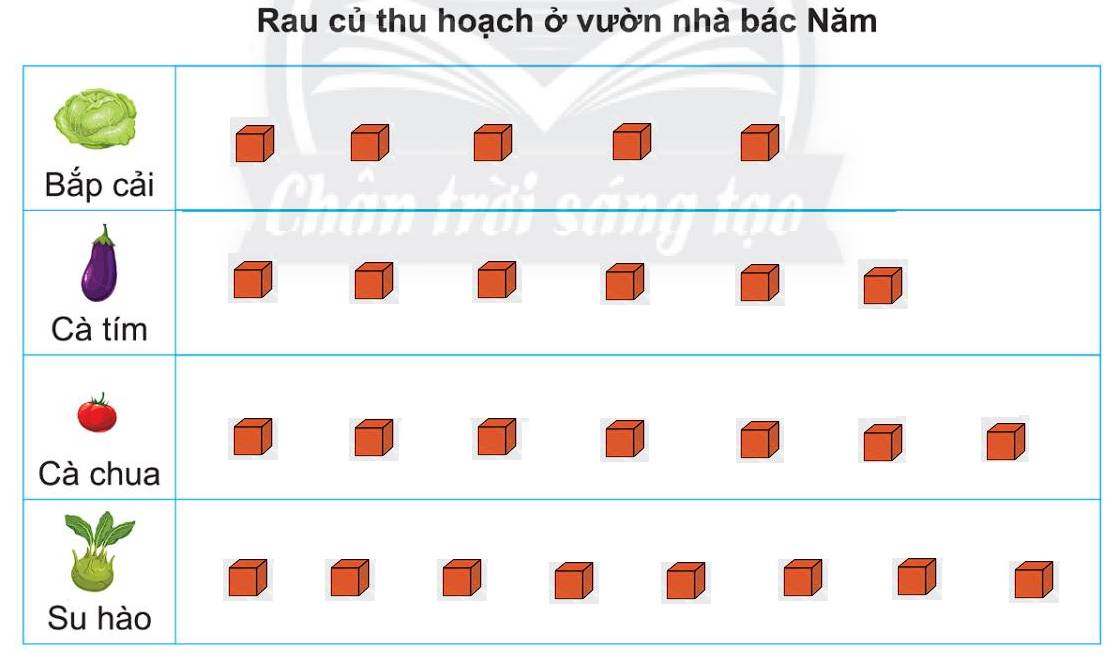!!No reference!!!
One of the celebrations in Vietnam that holds a special place is the Mid-Autumn Festival, also known as Tet Trung Thu. This festival is traditionally celebrated on the 15th day of the 8th lunar month, which usually falls in September.
The Mid-Autumn Festival is a joyous occasion that is particularly cherished by children and families. It is a time when people gather together to appreciate the beauty of the full moon, enjoy colorful lanterns, and engage in various festive activities.
One of the highlights of the Mid-Autumn Festival is the custom of carrying and parading lanterns. Children and adults alike craft and decorate lanterns in various shapes and sizes, often featuring popular characters from folklore or modern cartoons. The lanterns illuminate the night sky, creating a magical and enchanting atmosphere.
Another significant aspect of the festival is the tradition of lion and dragon dances. These captivating performances involve dancers manipulating large, vibrant lion or dragon puppets to the beat of drums and cymbals. It is believed that these dances bring good luck and ward off evil spirits.
One of the most delightful aspects of the Mid-Autumn Festival is the abundance of mooncakes. These round pastries are filled with various delicious ingredients like sweet bean paste, lotus seed paste, or salted egg yolks. Mooncakes are exchanged among family members, friends, and business associates as a symbol of unity and good wishes.
The Mid-Autumn Festival also provides an opportunity for families to come together and enjoy a festive meal. Relatives gather to share a delicious feast that often includes traditional dishes like sticky rice, fruits, and other seasonal delicacies.
What makes the Mid-Autumn Festival memorable is the sense of community and togetherness it fosters. The celebration brings people of all ages and backgrounds together, promoting unity and harmony. It is a time when families bond, children indulge in joyful activities, and cultural traditions are passed down from one generation to another.
Overall, the Mid-Autumn Festival in Vietnam is a delightful and heartwarming celebration that showcases the rich cultural heritage and the strong sense of community in the country.
!!No reference!!!











